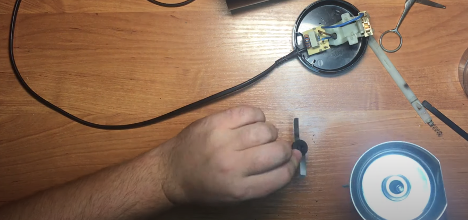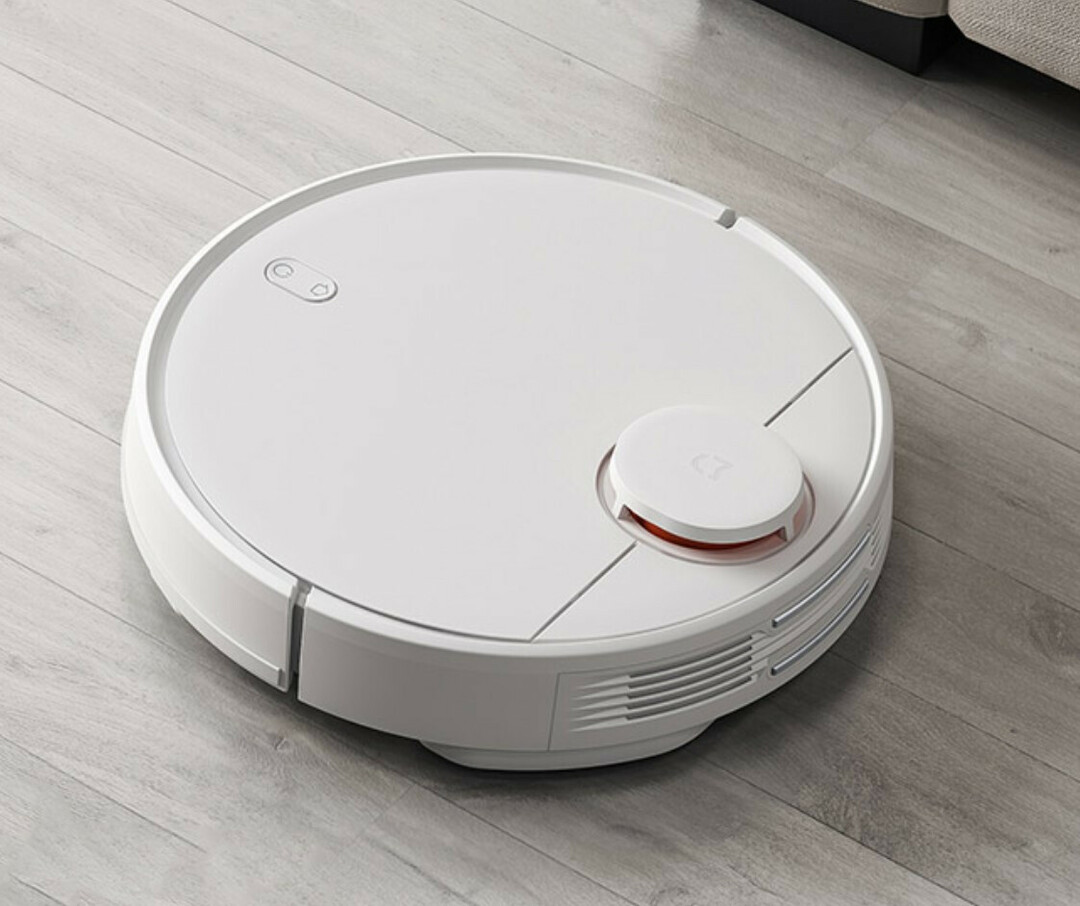Manual cutting of grass is a complex process. It takes a lot of time and effort to cut shrubs, vines, vines and other areas of the garden. It's even more difficult when using low quality grass clippers.
In our article, we will tell you in detail how to choose mechanical shears for cutting grass, their varieties and features of work in a summer cottage and garden plot. Go!
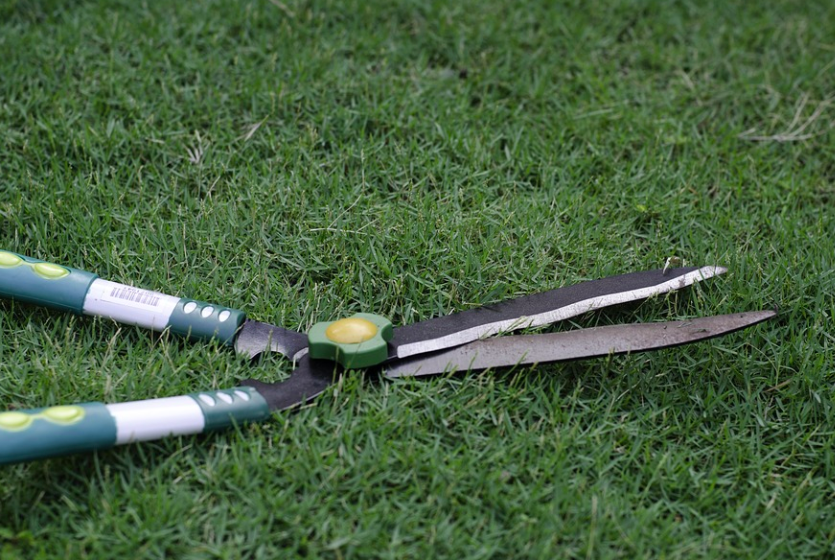
The content of the article
- What is the name of the shears for cutting bushes
- What is the difference between garden electric shears
- Rules for using any garden shears
What is the name of the shears for cutting bushes
Mechanical shears for the garden - the most common device on the shelves and in everyday life. The working basis is blades with various sharpening (there are variations with a serrated or wavy edge). They help to capture the bush or vine and not let go during the cut to get a straight line.
Some hedge trimmers have a small anvil. It works for young shoots and small bushes. In these versions, the handle is lighter than usual, which tightens the grip and puts less strain on the hands.
Models with multiple blades can be used for cutting flower beds or young shrubs. The name of such a system is bypass.
One of the options for hand scissors is a pruner. Outwardly, it resembles ordinary bush scissors - there are several blades. The pruner differs in that the blades have different purposes: the first is for cutting the weed, and the second is for stop. Also, the pruner is stronger and more reliable than the cutting blade of the brush cutter. And the ratchet mechanism allows you to increase the maximum thickness of the cut and the size of the branch.
The next option is a pruner. It differs from other models in its handles. They are telescopic format - can be extended, depending on the cutting distance. The lopper is used for processing high bushes, creating hedges and other garden and decorative works.
Another type of garden shears - especially for grass. They can replace an expensive lawn mower or electric trimmer, as they work on lawns in any plane. Even where the fishing line and the lawn mower blade simply won’t reach (under the fence, between stones and other places).
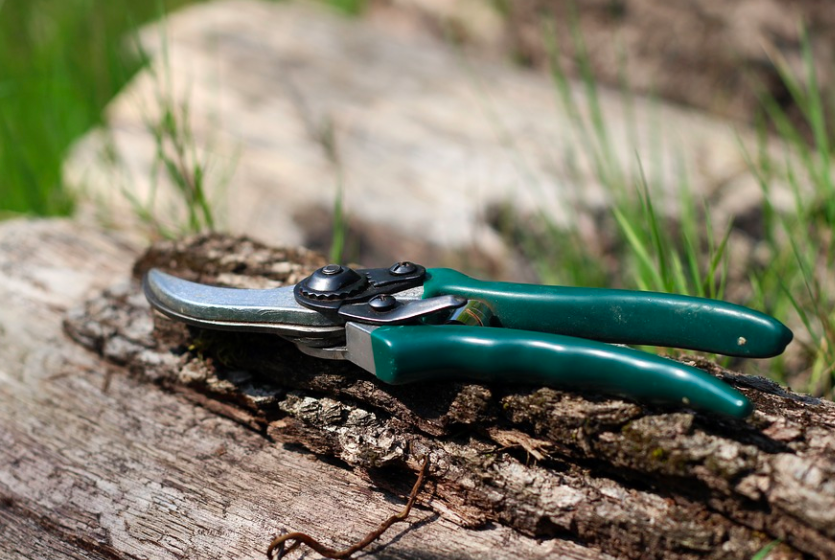
What is the difference between garden electric shears
The main purpose for which electric models of brush cutters are bought is to cut flower beds and shrubs. It is physically difficult to do such work mechanically for a long time. And with electronics, the whole process is accelerated several times.
The scissor model has a knife with several serrated rows. They work on the principle of a saw - only on small bushes. Therefore, they are so actively used in landscape design.
Using electric scissors, you can create extraordinary figures from green vegetation. There will be much more decorations for your garden.
Adjusting the position of the knives allows you to “orient” the brush cutter in the required direction: how to cut, how much to separate the vegetation, and so on.
A small drawback is the need for constant power from a 220 volt network. It happens that the extension cord may not be enough. Yes, and using it is at your own risk. Therefore, you can replace a conventional electric hedge trimmer with a cordless one.
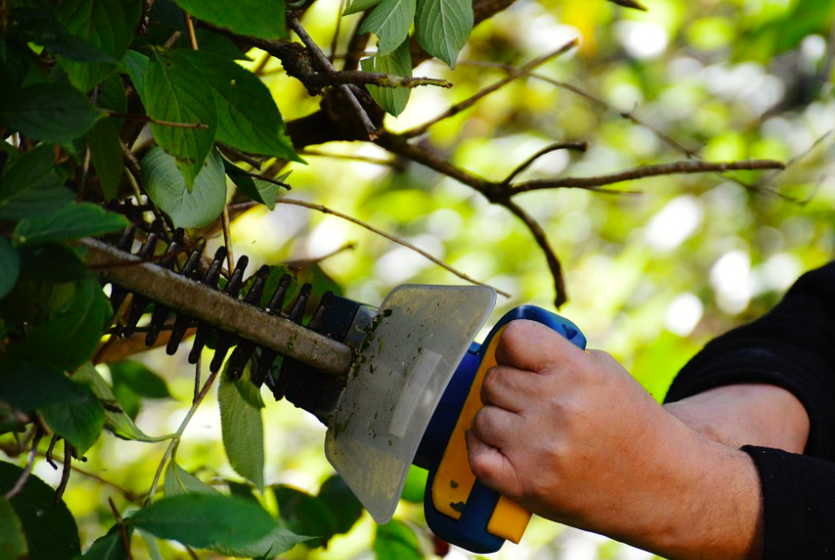
When choosing electric shears for the garden, consider the following main characteristics:
- The power of the device.
- Cutting thickness of branches and grass.
- The dimensions of the blade itself and the possibility of customization.
The more powerful the device, the more work it will perform per unit of time. The rule only works if you already know how to control the instrument. Otherwise - do not sin on the device!
Cutting branches depends on the distance between the teeth of the knife. The larger it is, the thicker the branches will go under the cut. The length of the knife can be both regulated and be in a static mode - then you will have to buy additional nozzles for other sizes of teeth.
For simple work, a blade on a large metal sheet is suitable. For landscape design, cutouts of figures are small and neat teeth.
Rules for using any garden shears
Most have the erroneous opinion that there are no rules for working with garden shears. I took it and started cutting. However, the operating rules affect not only your personal safety (believe me, the blades are very sharp and you need to be extremely careful), but also the life of the device itself.
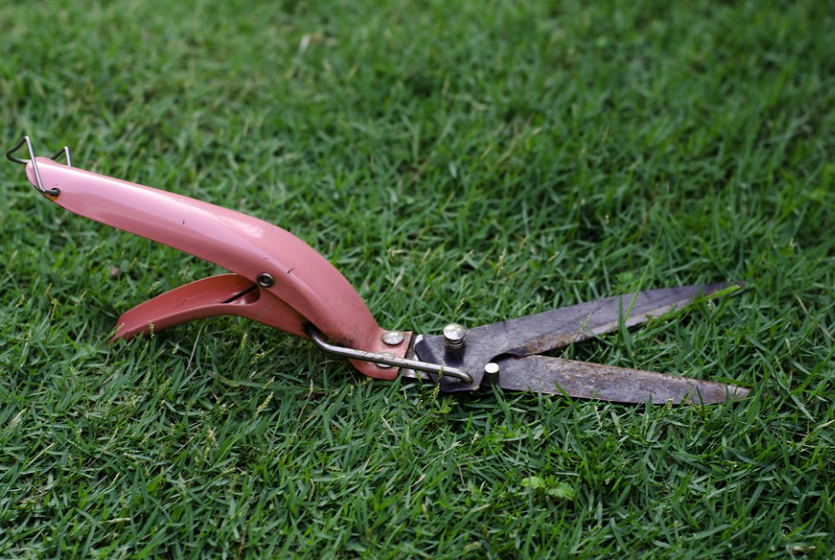
A few rules will help you master the tool and make it “hardier”:
- The use of the tool is only for the intended purpose. Secateurs and scissors with several blades - for large and thick branches; a small canvas - for figures, hedges and more.
- Blades need to be sharpened regularly. The rule works on all materials, except for Teflon-coated blades (it does not require sharpening). File, whetstone or professional machine - choose what is more convenient to sharpen and what is at hand.
- Cleaning tools after each use. Regular processing of scissors will increase the life of your device. It also reduces the need for regular sharpening. Teflon coating additionally protects the blade from loss of sharpening.
Another tip: if you want to maximize the time you spend with your scissors (no breakage, modifications, etc.), don't leave your blades wet or soak them. There is a practice that if the blade is immersed in water overnight, it will cut better. Believe me, it's not!
Water is the main enemy of the metal base of garden shears. If you actively use the tool, wipe it with a cloth from moisture. You can also lubricate the workplaces with machine oil or an anti-corrosion agent. So your scissors will last longer and will not rust.
What life hacks with garden shears do you know? Tell our readers in the comments. Your experience will become theory for beginners and lovers of garden art!

